Rock Art Exhibit for Public Archaeology Week
If this is your first time to learn about Shumla, we are a non-profit archaeological center conducting rigorous rock art documentation along the United States-Mexico border in southwest Texas. Our mission is to preserve the rock art of the Lower Pecos through documentation, research, and education in order to promote stewardship of this incredible window into our human past. (Click to learn more About Us and our History and Mission). We have developed cutting-edge systemic techniques to achieve our preservation goal. In 2016, Shumla resolved to conduct baseline documentation at nearly 300 known rock art sites in Val Verde County, Texas. This four-year intensive field work venture which began in 2017 is known as the Alexandria Project.
The Lower Pecos Canyonlands of southwest Texas and northern Coahuila, Mexico house some of the world’s most complex prehistoric art. Many of these rock art sites are murals, multicolored and highly complex compositions, painted to communicate indigenous peoples’ understanding of the natural and supernatural world, and their place within it.
In this post readers will have the opportunity to virtually visit one of these incredible sites and explore the rock art with the same tools we use as archaeologists for the Alexandria Project.

Rattlesnake Shelter
The site you will digitally explore today is Rattlesnake Shelter, also known as 41VV180 to archaeologists. The site is a large rockshelter near the Rio Grande. Pecos River style rock art at other sites has been dated between 2,250 BC and AD 660, indicating that the rock art at Rattlesnake Shelter likely has a similar age range. The rockshelter wall contains a long panel of Pecos River style rock art, dense with well-preserved imagery.
Pecos River style rock art is the most common style in the Lower Pecos and perhaps the most recognizable. A core set of motifs are found within the style repeatedly painted across the region, with depictions that remained consistent over the span of thousands of years. The complex compositions depict a wide range of often large, multicolored anthropomorphic, zoomorphic, and enigmatic imagery.
Rattlesnake is considered a “type site” for Pecos River style rock art and has received extensive archaeological attention.
Anthropomorph
Anthropomorphs are human-like figures, depicted in Pecos River style often with tall, rectangular bodies and outstretched arms holding staffs or spear throwing atlatls.
Zoomorphs
Zoomorphs are animal figures. Antlered deer and panthers with curled tails and hair standing on end make regular appearances.
Rattlesnake Structure from Motion
Below is a Structure from Motion (SfM) 3D model we generated to record the rock art at Rattlesnake. SfM is a tool that can piece together 3D structures from a collection of two-dimensional photos. In the field we take a series of overlapping photographs with a handheld camera, moving along the rock art panel and making sure our photos capture every inch. In the case of Rattlesnake, the 3D model was constructed from 1165 individual photos covering the 33 meter (108 feet) long rock art panel.


To get acquainted with the rock art at Rattlesnake there are hotspots which appear as numbers on the panel that provide additional information on specific figures. Click on the hotspot number to get more information or use the arrows found at the center bottom of the display to scroll through these hotspots.
But don’t let yourself be limited to these highlights. Feel free to explore Rattlesnake on your own! There’s an incredible number of figures and fine details to view.
Rattlesnake Gigapan
Another way we document rock art sites is with gigapixel panoramas or “Gigapans”. Gigapans combine hundreds of overlapping individual photos into a single gigapixel (one billion pixel) image. A robotic system automatically moves the camera in small steps, taking photo after photo. All photos are stitched together in the lab with software to create a single large panoramic photo. The resulting image has high-resolution, depth, and clarity.

Click the images below to access the Gigapans and move around the panorama. Use the left mouse button to drag the view and the mouse wheel to zoom in and out.

Section 2: http://www.gigapan.com/gigapans/220411
Section 3: http://www.gigapan.com/gigapans/220367
Section 4: http://www.gigapan.com/gigapans/220365
Section 5: http://www.gigapan.com/gigapans/220362
Shumla has created over 300 Gigapans and over 200 3D models in our quest to record Lower Pecos rock art sites over the course of the Alexandria Project. Many of these are available for public viewing online. See the links below to explore more sites. Thank you for exploring Rattlesnake with us today!
Links
Society for American Archaeology https://www.saa.org
Shumla Alexandria Gigapan Gallery http://gigapan.com/profiles/ShumlaArchaeologicalResearchCenter
Shumla Alexandria 3D Model Gallery https://sketchfab.com/shumlaarchaeologicalcenter
DStretch https://www.dstretch.com
More details on the tools used by Shumla can be found in our previous blog post “High-Resolution Rock Art Documentation and Digital Preservation”. https://shumla.org/high-res-rock-art-documentation-digital-preservation/
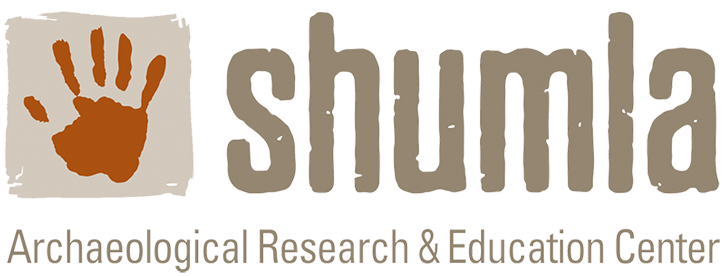
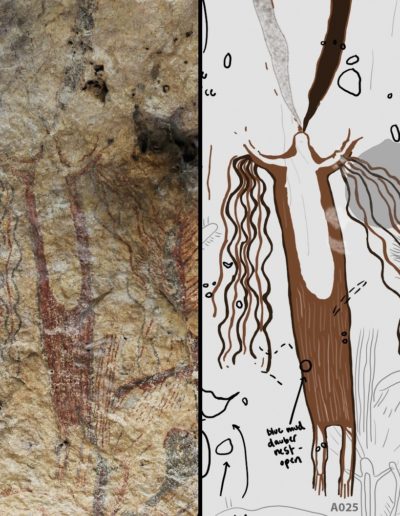
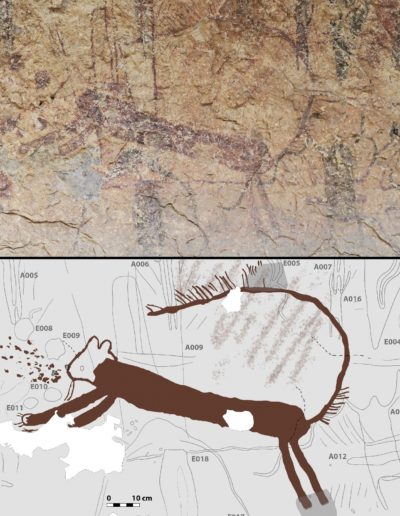
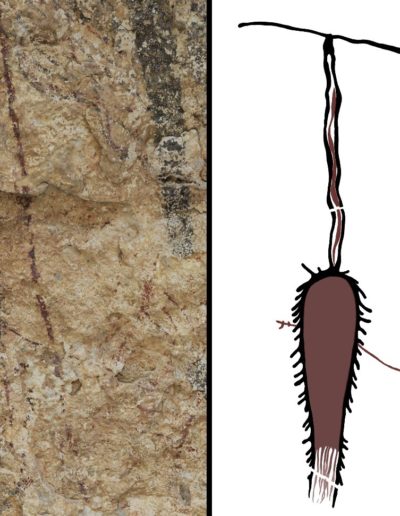

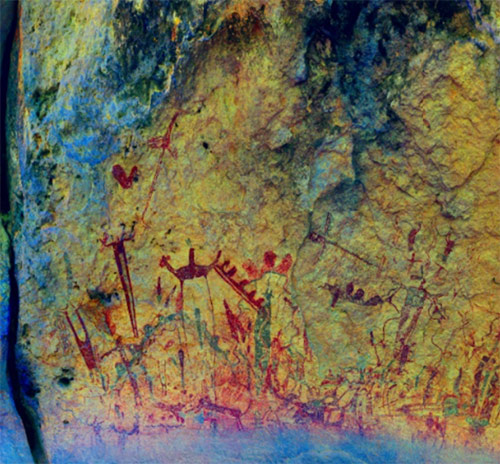
0 Comments